Metal roofing is in the news often these days, as it's becoming one of the most popular options for residential roofing. Is it for you? Read on to consider the rest of the pros of owning a metal roof and have all of your metal roofing questions answered by our professionals.
5. How is a metal roof with fire? Metal roofs are entirely non-combustible and protection against external fires is great. Threats of cave-ins due to a house fire on the interior are minimized due to the roof's light weight compared to other roofing materials. 6. Are we able to walk on our metal roof? With extremely strong metal and deep texturing, metal roofs stay tough over time, making them just as strong to foot traffic as they were when first installed. For instructions how to walk safely on your roof, ask your roofing installer. If extra protection is desired against heavy foot traffic, there are optional foam inserts available. If there are any minor indentations that possibly occur, they will be masked by the random texture.That being said, we don't recommend that homeowners generally walk on their roofs, as being up that high can be dangerous, no matter what type of roof you have. 7. Can metal roofs have attic vents installed on them? For majority of homes, ventilation for the attic is critical. It help prevent mold from high levels of moisture. It helps lower cooling costs in warm weather, and in winter it plays a huge part in preventing ice damn on rooftops. So the answer is definitely, yes. It is suggested that rather that reuse all existing vents, that they be replaced instead when reroofing a home. 8. What is the minimum roof pitch on which a metal roof can be installed? There should never be a roof installed lower than a pitch recommended by the manufacturer. Contact Quarve Contracting for the specific roof pitch recommendations from manufacturers. 9. Is Underlayment used beneath a metal roof? Solid decking is a requirement. Underlayment should always be used, whether the roof is directly over wood decking or over shingles. Underlayment is a requirement from the International Building Code. This also provides protection to the metal's back side from surfaces that are rough underneath the roofing material. In most cases, one layer of underlayment which is synthetic will be used or 30 lb. felt in one layer. Code requires - in some areas - fire-retardant underlayment or ice and water shield to be used. But wait, there's more!We've got more interesting facts ahead, allowing you to know even more about the metal roofing that you can have installed on your home by Quarve Contracting. Watch for Part 3 of this series.
Quarve Contracting, Inc. is a licensed MN roofing contractor serving the entire Minneapolis and St. Paul metro area. We specialize in metal roofs.
Subscribe to Quarve Contracting's Blog


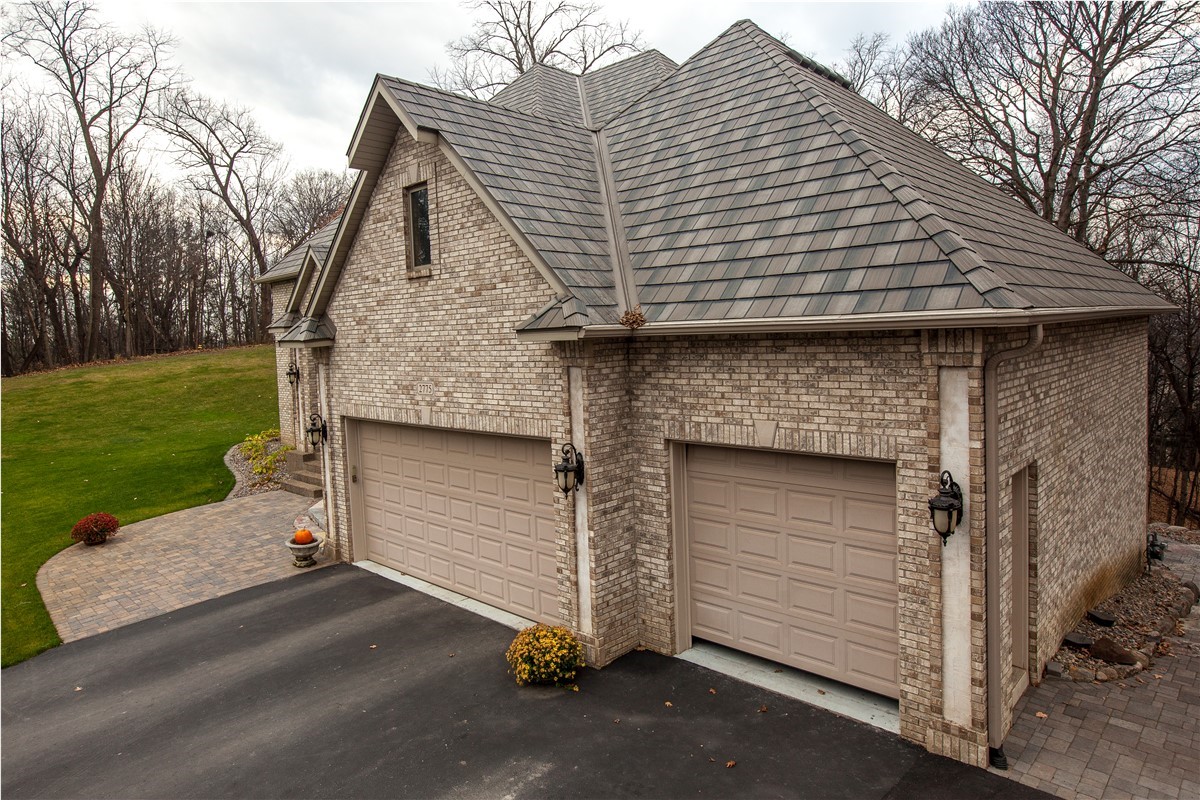
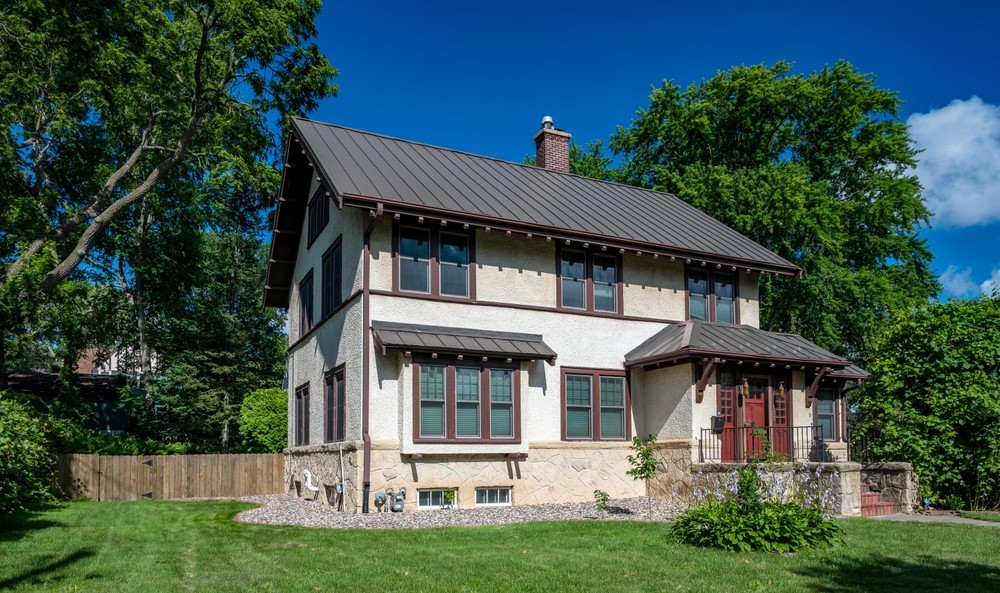
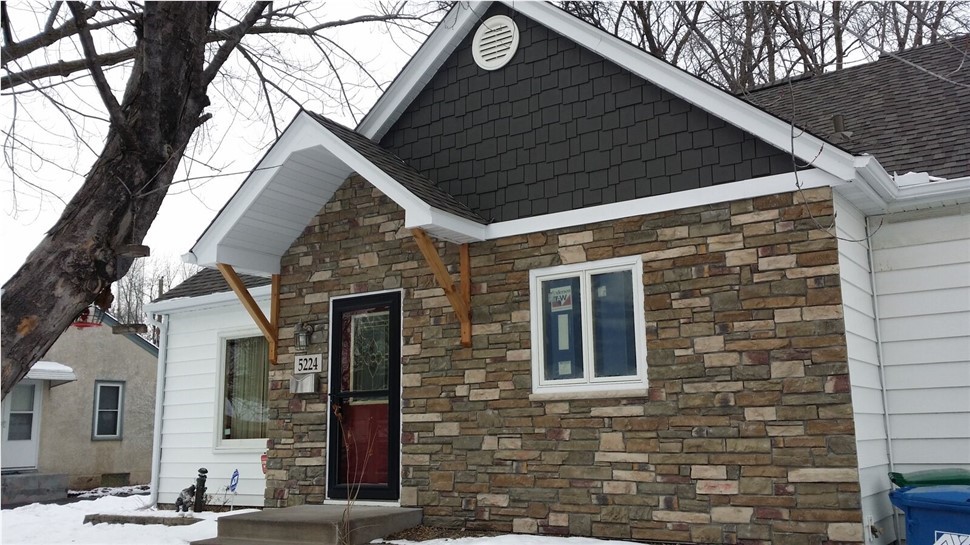
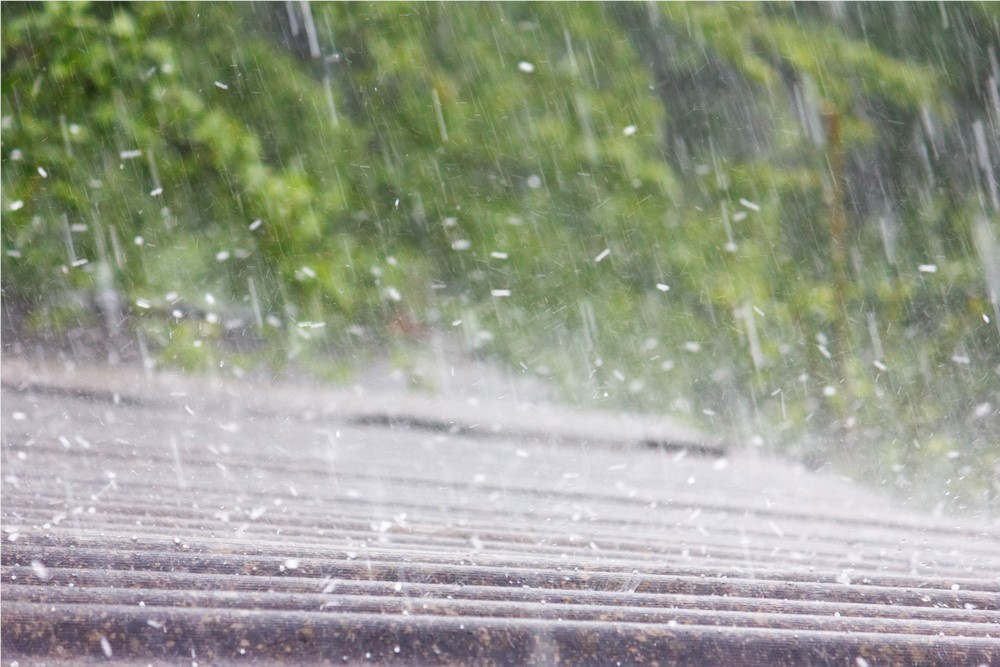
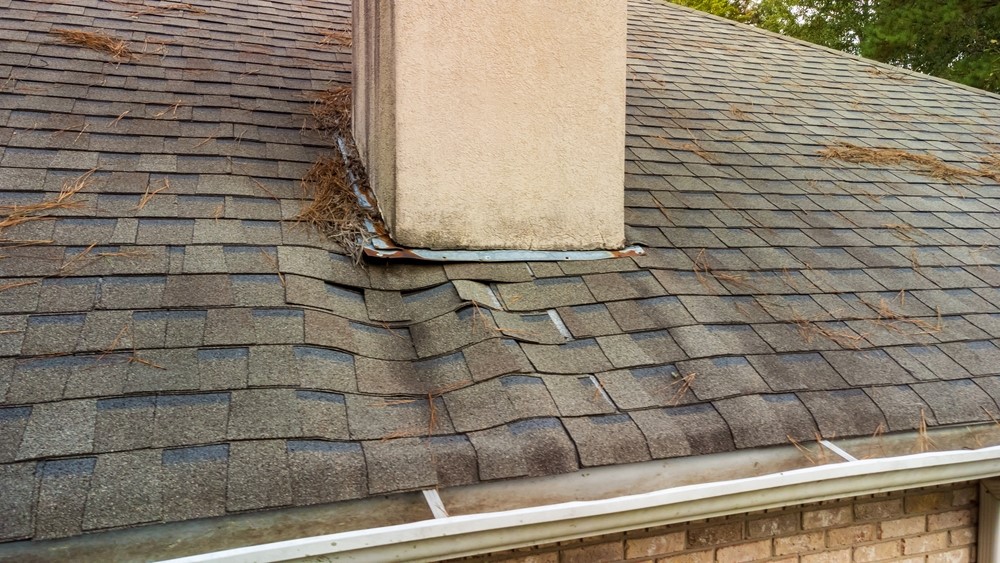
Comments